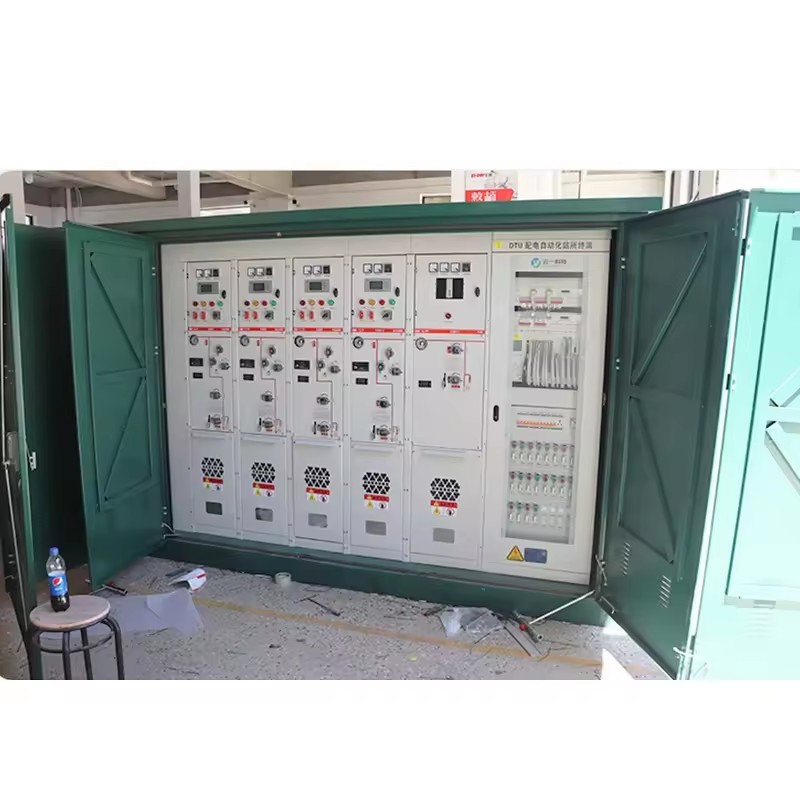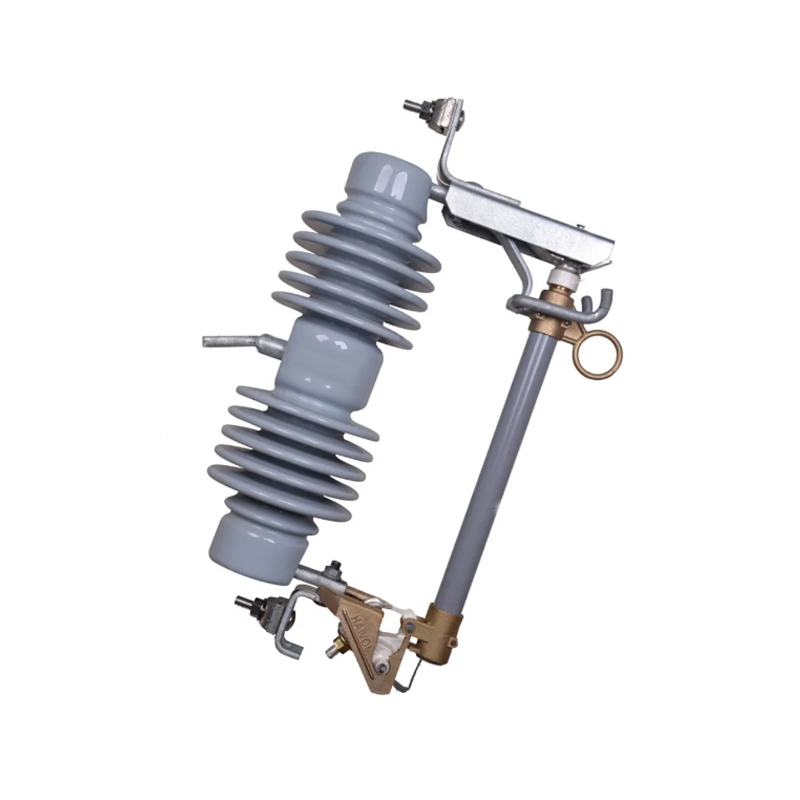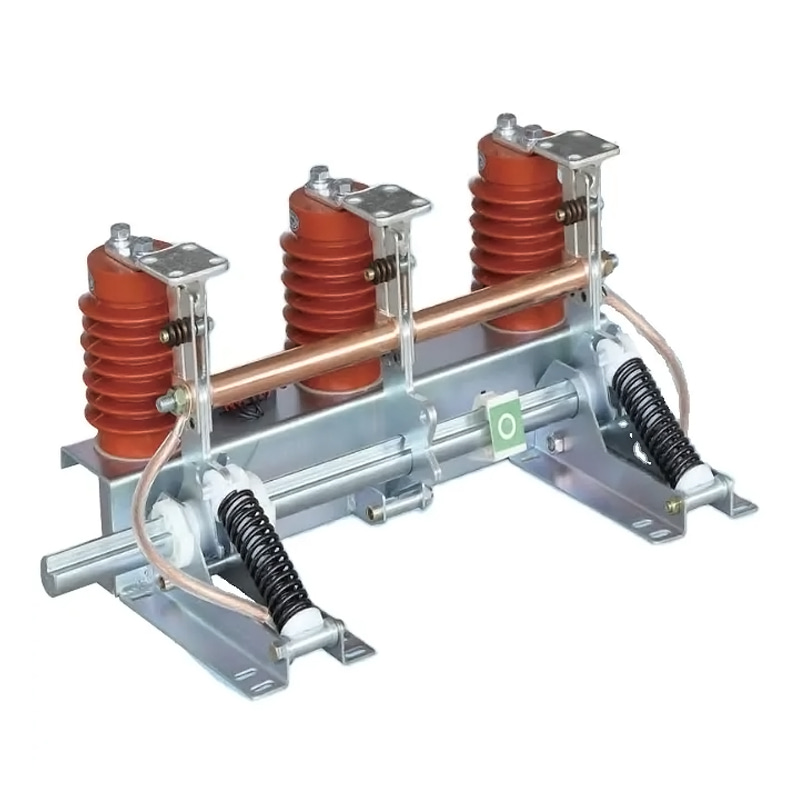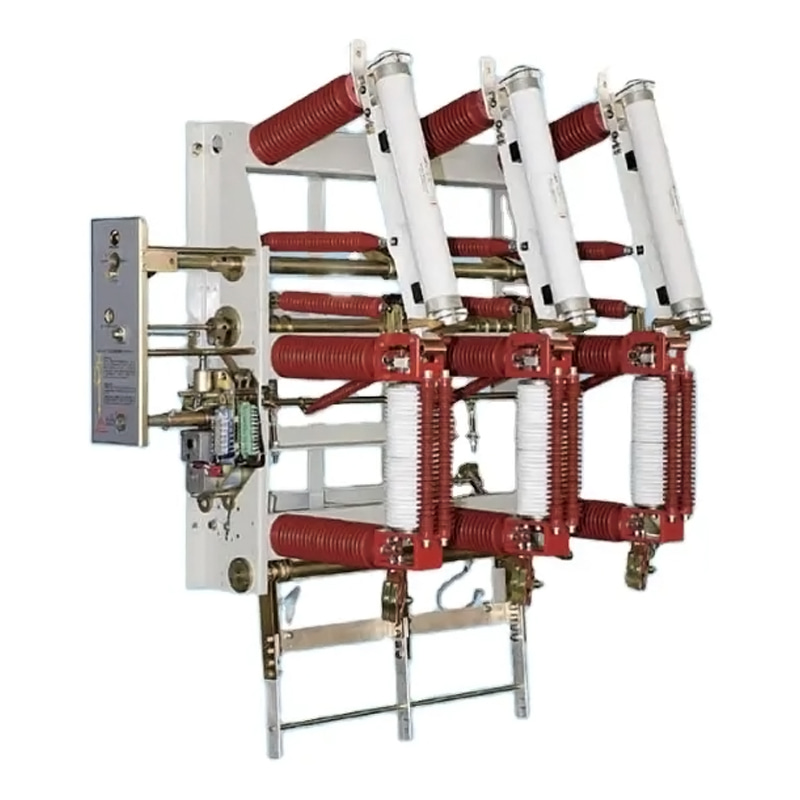In modern office and residential environments, communication and security systems play an important role in maintaining convenience and safety. One device that is becoming more common is the Indoor Ring Host, which functions as a central point for managing visitor access and internal communication. The wireless version of this device offers several advantages that make it suitable for a variety of spaces, ranging from small offices to larger commercial buildings.

A key benefit of a wireless Indoor Ring Host is the ease of installation. Unlike traditional wired systems, wireless models do not require extensive cabling or structural changes to the building. This can significantly reduce setup time and the need for costly modifications. In both new constructions and existing spaces, a wireless Ring Host can be installed with reduced disruption to daily activities.
The wireless nature of this device also provides flexibility in placement. Users are not limited by the location of cables and can position the Indoor Ring Host in the convenient areas for communication and monitoring. This flexibility is particularly useful in dynamic office environments where layouts may change or where temporary setups are needed for events or seasonal operations.
Another advantage of a wireless Ring Host is the ability to expand the system easily. Additional units can be added without the complexity of running new wiring, allowing businesses to scale their security and communication setup as needed. This adaptability supports gradual upgrades and ensures that the system can evolve alongside changing requirements.
Wireless Indoor Ring Hosts also enhance user mobility. Some models offer portable units or support integration with mobile devices, enabling staff to respond to calls and manage access from different locations within the building. This capability can improve response times and allow employees to remain connected even when away from their desks.
Security is a vital aspect of any visitor management system, and wireless Indoor Ring Hosts incorporate encryption and secure communication protocols to protect data and prevent unauthorized access. While wireless systems may raise concerns about interference or hacking, many devices include safeguards to ensure that communications remain private and reliable.
Maintenance and troubleshooting tend to be simpler with wireless systems. Since there are no physical wires that can be damaged or disconnected, potential issues related to cable faults are reduced. Additionally, wireless Ring Hosts often support remote diagnostics and firmware updates, which help keep the system up to date without the need for on-site visits.
The wireless design also contributes to cleaner and more organized indoor spaces. Without visible wiring and cables, offices and commercial spaces can maintain a neater appearance, which is beneficial for professional environments and customer-facing areas. This aesthetic benefit is often overlooked but can influence the overall impression of a business.
In terms of cost, wireless Indoor Ring Hosts can be more economical over time. Although initial device costs may be comparable or slightly higher than wired options, savings from reduced installation labor, less building modification, and easier expansion often offset these expenses. Businesses looking for practical and scalable communication solutions may find wireless systems to be a sound investment.
Integration with other security and building management systems is another area where wireless Indoor Ring Hosts can offer advantages. Many models are compatible with smart locks, video surveillance, and alarm systems. The ability to link these functions wirelessly enables centralized control and simplifies the operation of building security.
Wireless systems can also support multi-user environments effectively. In offices with multiple departments or commercial spaces with several tenants, each unit can have access to the Ring Host network without complex wiring layouts. This separation allows independent control while maintaining overall system coherence.
For offices concerned with energy consumption, wireless Indoor Ring Hosts often feature energy-saving modes and low power usage. Some units are battery-operated or can use power over existing networks, reducing the need for dedicated power lines and promoting more sustainable building practices.



 English
English русский
русский عربى
عربى










